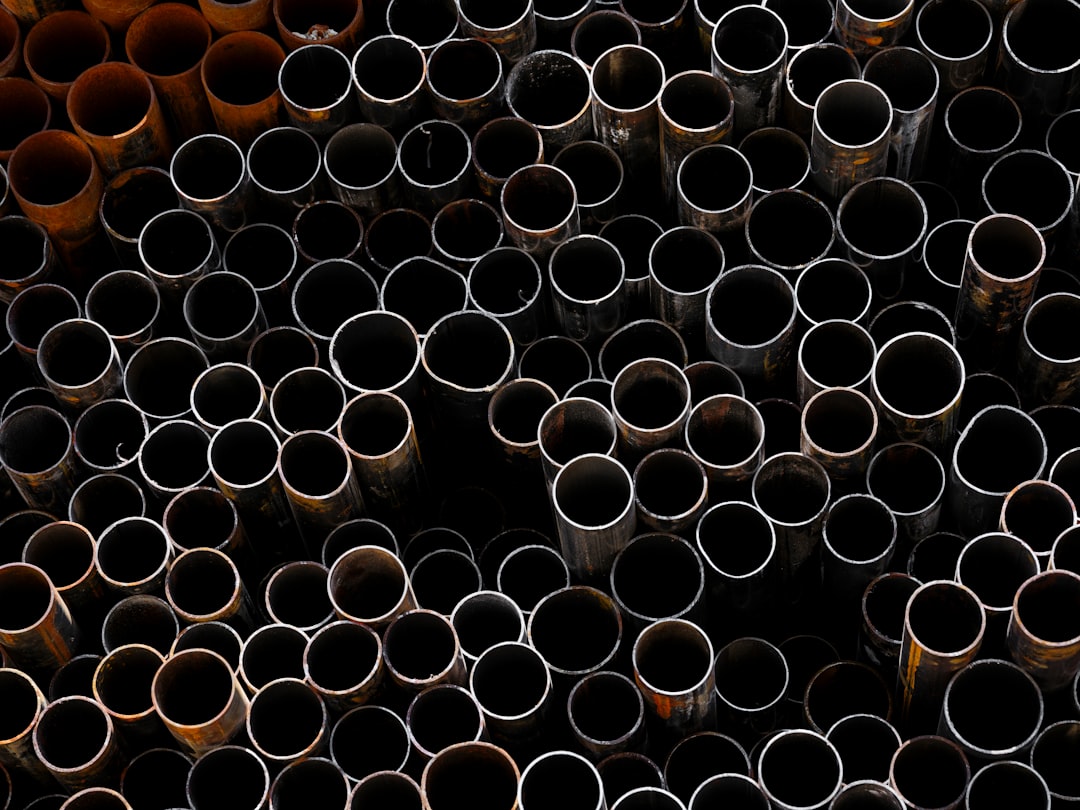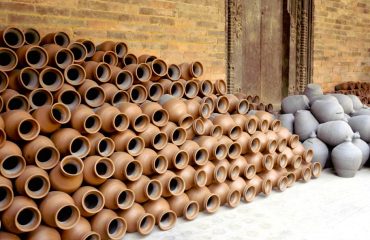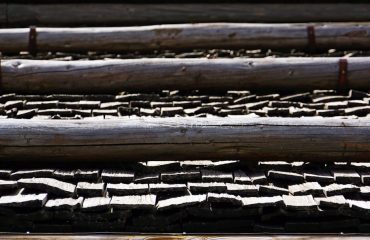Corrosion is a silent, insidious enemy to pipelines and infrastructure, leading to costly repairs, environmental damage, and potential safety hazards. Protecting your investment requires a proactive approach, and primer-coated pipes offer a robust solution. This comprehensive guide delves into the world of primer-coated pipes, exploring their benefits, applications, and installation considerations.
Understanding the Importance of Corrosion Protection in Pipes
Corrosion in pipes results from electrochemical reactions between the pipe material (often steel) and its environment. This process weakens the pipe, leading to leaks, reduced flow capacity, and ultimately, failure. The consequences can be severe, ranging from minor inconveniences to catastrophic events, especially in critical infrastructure like water distribution networks, oil and gas pipelines, and industrial processes. The cost of repairing or replacing corroded pipes is substantial, making preventative measures like primer coating a financially sound investment.
Different environments pose unique corrosive challenges. Soil conditions, water chemistry, and atmospheric exposure all influence the rate and type of corrosion. Therefore, selecting the appropriate primer coating is crucial for effective protection. Factors such as temperature fluctuations, chemical exposure, and mechanical stress also contribute to the need for a durable and well-engineered coating system.
Types of Primer Coatings for Pipes: A Detailed Overview
A wide range of primer coatings are available, each designed for specific applications and environments. The choice depends on factors such as the pipe material, the corrosive environment, and the desired level of protection. Common types include:
- Epoxy Primers: Known for their excellent adhesion, chemical resistance, and durability. They offer good protection against a wide range of corrosive agents.
- Zinc-rich Primers: These primers provide cathodic protection, meaning they sacrificially corrode to protect the underlying steel. They are particularly effective in harsh environments.
- Acrylic Primers: Offer good adhesion and flexibility, making them suitable for pipes subjected to significant thermal expansion and contraction.
- Polyurethane Primers: Provide excellent abrasion resistance and are often used in applications where mechanical damage is a concern.
- Coal Tar Epoxy Primers: These offer exceptional protection against aggressive chemicals and are often used in underground pipelines.
Each primer type has its strengths and weaknesses, and selecting the right one requires careful consideration of the specific application requirements.
Benefits of Using Primer-Coated Pipes: A Cost-Effective Solution
Investing in primer-coated pipes offers numerous advantages, both in terms of long-term cost savings and enhanced performance:
- Extended Pipe Lifespan: A properly applied primer coating significantly extends the lifespan of the pipe, reducing the frequency and cost of replacements.
- Reduced Maintenance Costs: By preventing corrosion, primer coatings minimize the need for costly repairs and maintenance.
- Improved Reliability: Corrosion-resistant pipes ensure reliable operation of pipelines and systems, reducing downtime and disruptions.
- Enhanced Safety: Preventing leaks and failures contributes to improved safety, especially in applications involving hazardous materials.
- Environmental Protection: Reducing corrosion minimizes the release of harmful substances into the environment.
The initial cost of primer-coated pipes may be slightly higher than uncoated pipes, but the long-term savings in maintenance and replacement costs far outweigh the initial investment.
Proper Installation and Application Techniques for Optimal Performance
The effectiveness of primer-coated pipes depends heavily on proper installation and application techniques. Surface preparation is critical; the pipe surface must be clean, dry, and free of any contaminants before primer application. This often involves blasting or wire brushing to remove rust, scale, and mill scale. The primer should be applied evenly and according to the manufacturer’s instructions, ensuring proper film thickness for optimal protection. In many cases, multiple coats are applied for increased durability. Careful attention to detail during the application process is crucial to prevent defects and ensure the long-term effectiveness of the coating.
Furthermore, proper handling and storage of the pipes are essential to avoid damage to the primer coating before installation. This includes protecting the pipes from abrasion, impact, and exposure to the elements.
Applications of Primer-Coated Pipes Across Various Industries
Primer-coated pipes find widespread use across a variety of industries, including:
- Oil and Gas Industry: Protecting pipelines from corrosion in harsh underground and subsea environments.
- Water Distribution Networks: Ensuring the safe and reliable delivery of potable water.
- Chemical Processing Plants: Withstanding the corrosive effects of chemicals and other substances.
- Construction and Infrastructure: Used in various applications, including water and sewage systems, building services, and underground utilities.
- Marine Applications: Providing corrosion protection in saltwater environments.
The versatility of primer-coated pipes makes them a valuable asset in diverse applications, contributing to the longevity and reliability of critical infrastructure.
In conclusion, primer-coated pipes represent a crucial investment in protecting infrastructure from the devastating effects of corrosion. By understanding the types of primer coatings, their benefits, and proper installation techniques, you can ensure the long-term performance and reliability of your pipeline systems.
Tags: primer coated pipes, corrosion resistance, pipe coatings, corrosion protection, pipeline protection




